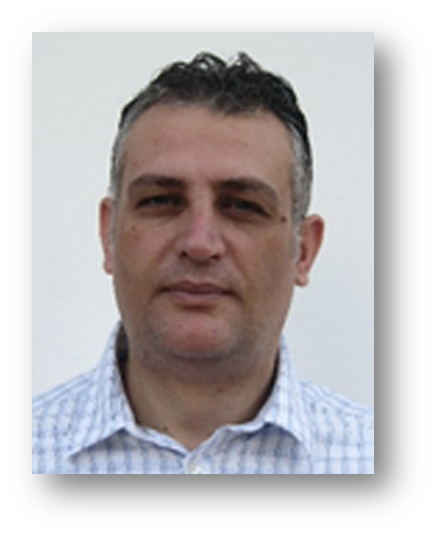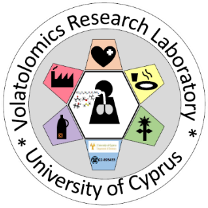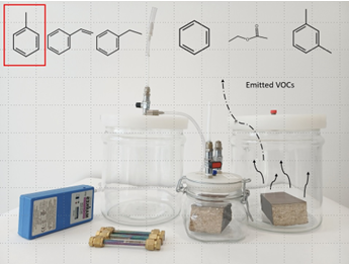 |
VOLATOLOMICS
RESEARCH
LABORATORY
|
|
“You live and learn
(Solon, c.630–530 BC)” Associate Professor Agapios Agapiou received his Diploma and PhD in Chemical Engineering from the National Technical University of Athens (NTUA, Greece) in 2001 and 2006, respectively. Since 2001, he worked as a Research Associate at the School of Chemical Engineering of the NTUA. In 2007, he was offered a permanent position at the Laboratory of Inorganic and Analytical Chemistry of the School of Chemical Engineering at NTUA. In September 2014, he was elected Lecturer at the Department of Chemistry of the University of Cyprus, and in 2019 Assistant Professor. His research work focuses on the area of Green Analytical Chemistry and Instrumental Methods of Analysis using sorbent-based microextraction techniques and hyphenated Μass Spectrometric methods for on-line, on-site, or off-line (benchtop) analysis of complex mixtures applied in biomedical, forensic, environmental, and food applications. Dr Agapiou has co-authored 4 book chapters and has published more than 85 articles in peer-reviewed scientific journals.
Associate Professor Agapios Agapiou Department of Chemistry University of Cyprus
Sustainable Green ChemistryTo enhance the analysis of small molecules, high-capacity sorptive extraction (HiSorb), stir bar sorptive extraction (SBSE), and thin film-solid phase microextraction (TF-SPME) tools are used. These green solid-based adsorbing materials in combination with Thermal-Desorption Gas Chromatography-Mass Spectrometry (TD-GC-MS) enable increased sensitivity, higher extraction capacity, reusability, greenness, automation, and wide applicability in headspace or immersion mode. Through the optimization of various experimental parameters such as extraction time, salt addition, temperature, and agitation amongst others, enhancement in extraction efficiency is achieved. These solvent-free extraction techniques are applied to analyze biological fluids, food aromas, beverages, and environmental samples, demonstrating their versatility in analytical chemistry and adherence to green chemistry principles. |
BreathomicsBreath analysis has become increasingly popular in recent years as a non-invasive source of biosamples, despite its technical challenges in analysis. Exhaled breath consists mainly of moisture, inorganic gases, and volatile organic compounds (VOCs), so an enrichment step is necessary for their detection. Monitoring VOCs in exhaled air has many important applications, as it offers a low-cost, non-invasive approach for early diagnosis and monitoring of various diseases and metabolic disorders, such as cancer, diabetes, asthma, liver or kidney failure, etc. This is performed by correlating VOCs with human metabolic pathways. Detecting human biomarkers in complex environments is a significant scientific challenge. Powerful analytical instruments like gas chromatography-mass spectrometry (GC-MS) based systems are essential in this field due to their versatility, excellent sensitivity, and reliability. Sniffing the volatile chemical biomarkers in biological fluids can also be used as an exposure assessment tool to evaluate daily human exposure to various pollutants.
Indoor air qualityAir quality is a global issue that significantly impacts human health and well-being. Harmful air is responsible for millions of deaths worldwide every year. The control of gaseous pollutants is a significant social and environmental issue that needs to be addressed. As people spend most of their time indoors, exposure to indoor air pollution can cause short- and long-term health issues. The levels of indoor VOCs are gradually increasing due to various factors such as the chemicals present in household and building products, inadequate ventilation, as well as temperature and humidity levels. Closed microenvironments present several challenges including temporal and spatial fluctuations in indoor conditions, complex chemical reactions and transformations, deposition processes on room surfaces, partial reactions with surfaces, re-release of chemical substances into air, and the creation of secondary organic aerosols.
|
|
High Capacity Sorptive Extraction (HiSorb)
|
Stir Bar Sorptive Extraction (SBSE)
|
Thin Film-Solid Phase Microextraction(TF-SPME)
|
|
SELECTED GRANTS
|
SELECTED PUBLICATIONS
|







